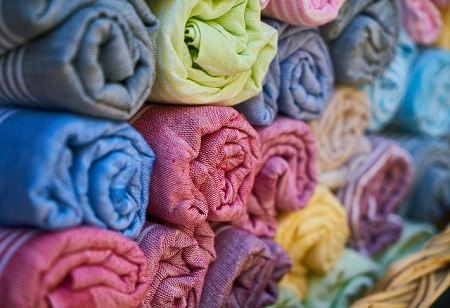
The industry forecasts India's exports of manufactured fiber (MMF) textiles to climb 75% to $11.4 billion in 2030, from roughly $6.5 billion in 2021-22, thanks to the Production Linked Incentive (PLI) plan and free trade agreements with the UAE and Australia.
India is the second largest producer of MMF after China. Curtains, drapes and interior blinds, curtain or bed valances of synthetic fibres, tents of synthetic fibres and tarpaulins are some of the products which can drive this growth, as per economic times.
“Technical textiles is a sunrise sector and the future of this industry,” said a government official, adding that ambitious targets have been set for it.
MMF now accounts for 72% of worldwide textile fibre usage, while natural fiber accounts for 28%. Because of the inherent limits of cotton and other natural fiber development, the percentage of MMF has continuously increased. The industry's goal involves expanding into new markets such as Vietnam, Japan, China, and Poland, in addition to established countries like as the United States, Turkey, the United Kingdom, and Brazil, where India accounts for around 5% of MMF textile exports.
The plan also includes increasing the capacity of filament-based woven and knitted fabrics, as well as the processing of man-made filament yarn-based fabrics.
“Manmade fibre textiles are environment friendly and sustainable as they require less water compared to cotton textiles, are cheaper and more value addition can be done on them,” said Bhadresh Dodhia, chairman, Synthetic & Rayon Textiles Export Promotion Council.
The vision has been created by the council. Dodhia went on to say that technical fabrics are mostly comprised of MMF, and that changing lifestyles, as well as concerns about safety and health, would lead to increased usage of technical textiles.
We use cookies to ensure you get the best experience on our website. Read more...